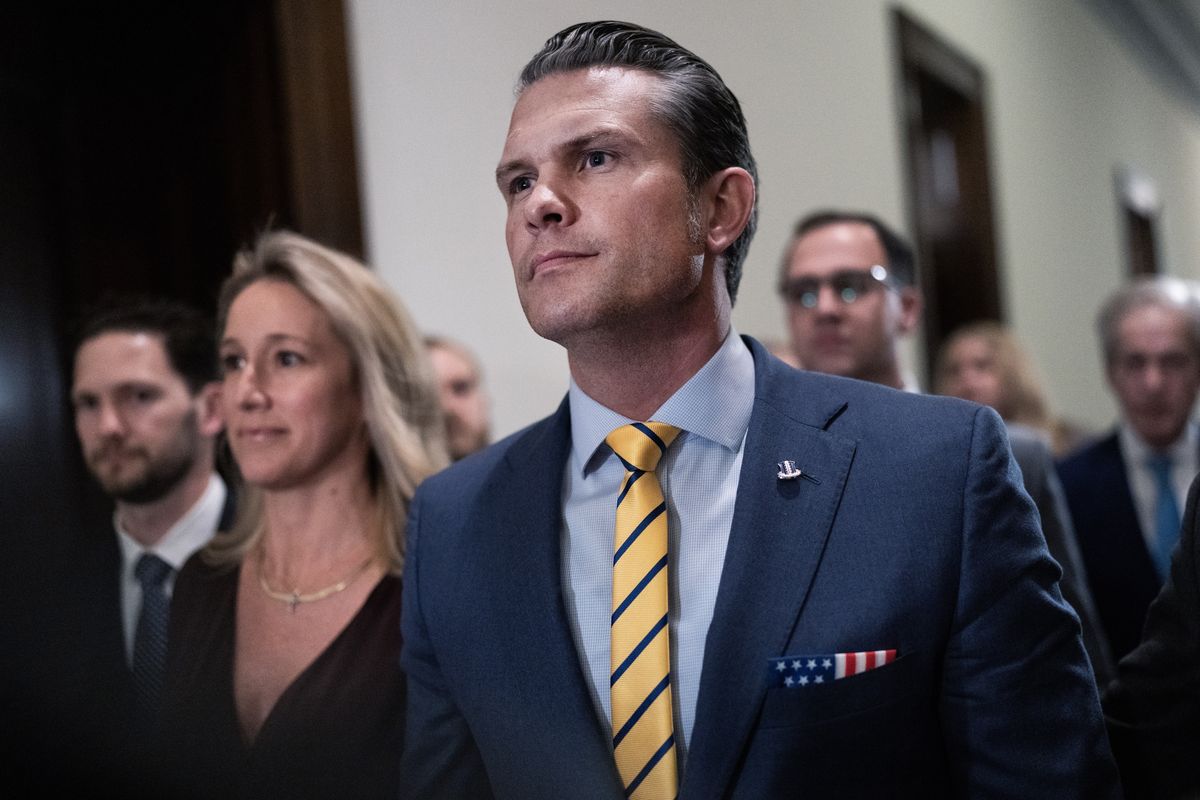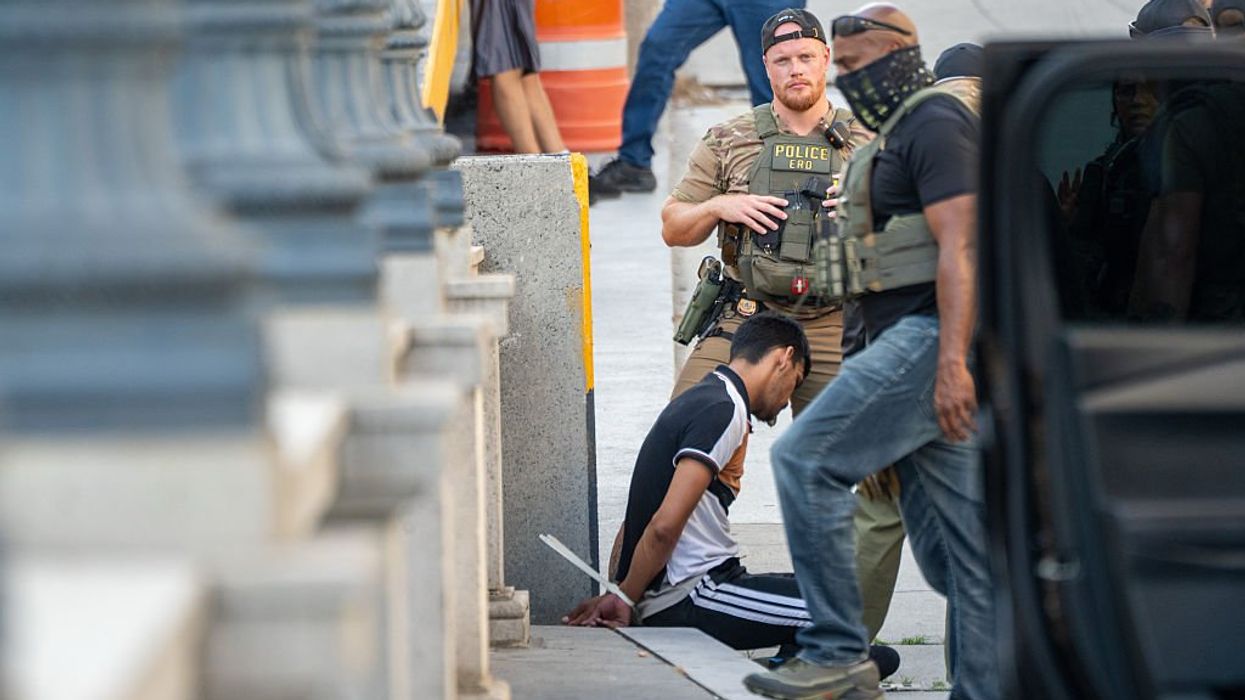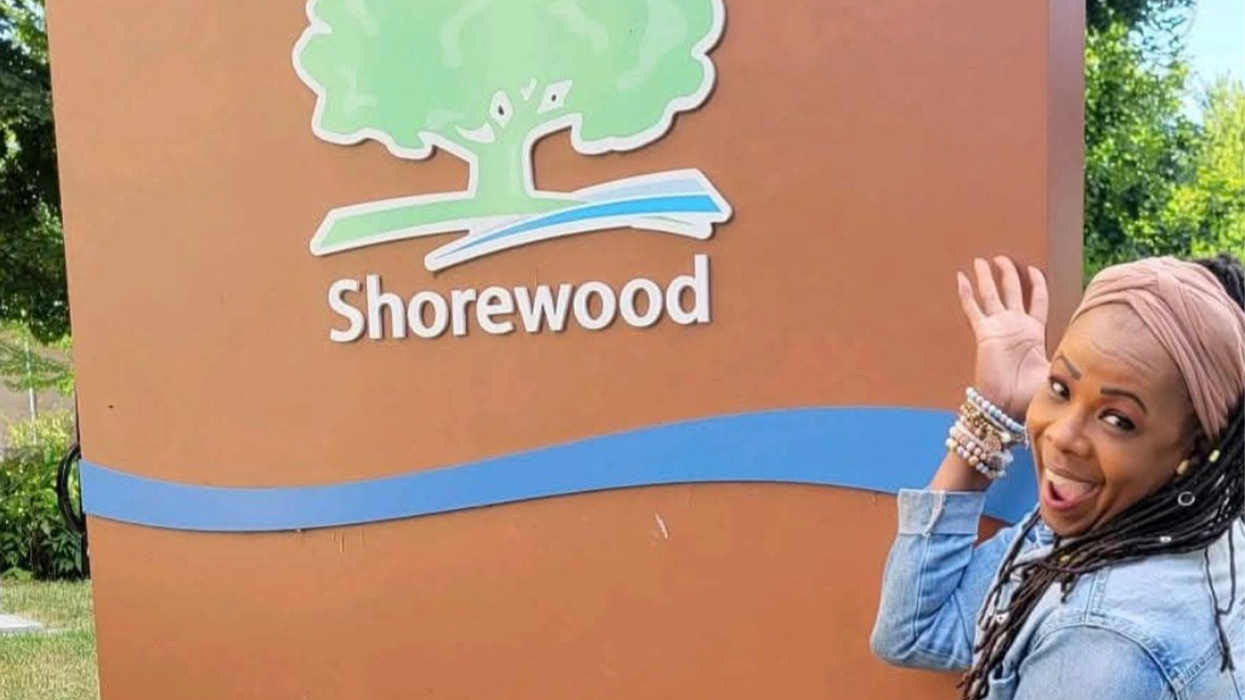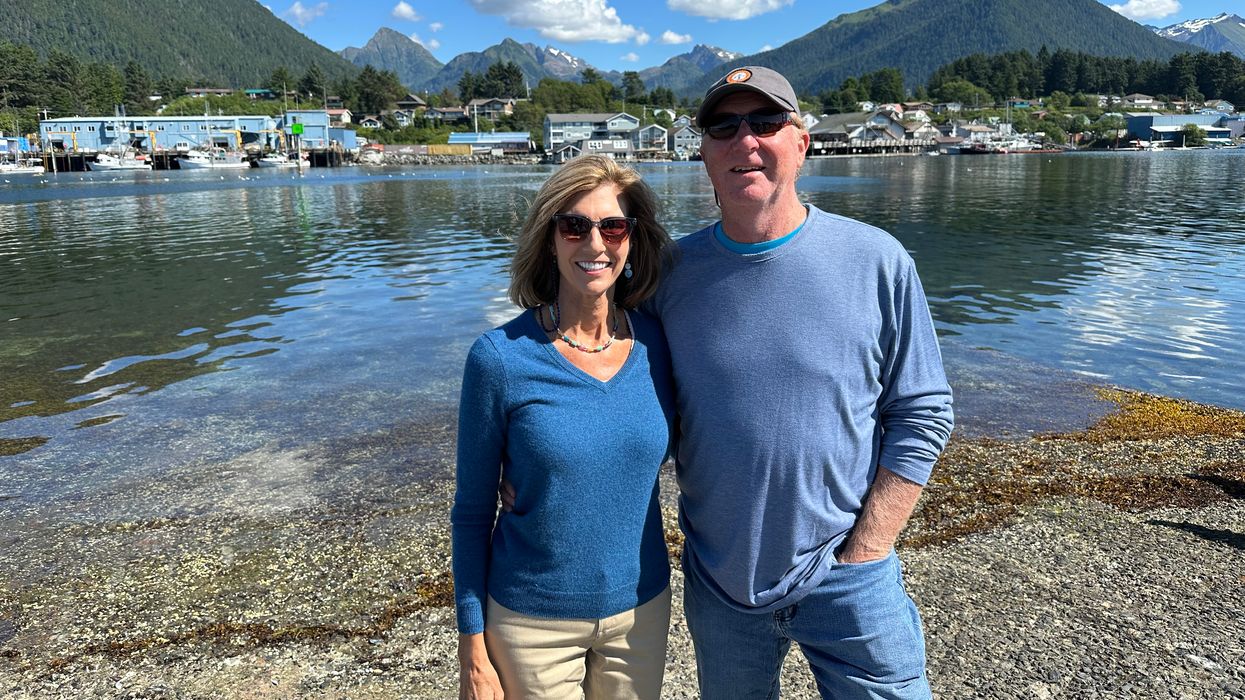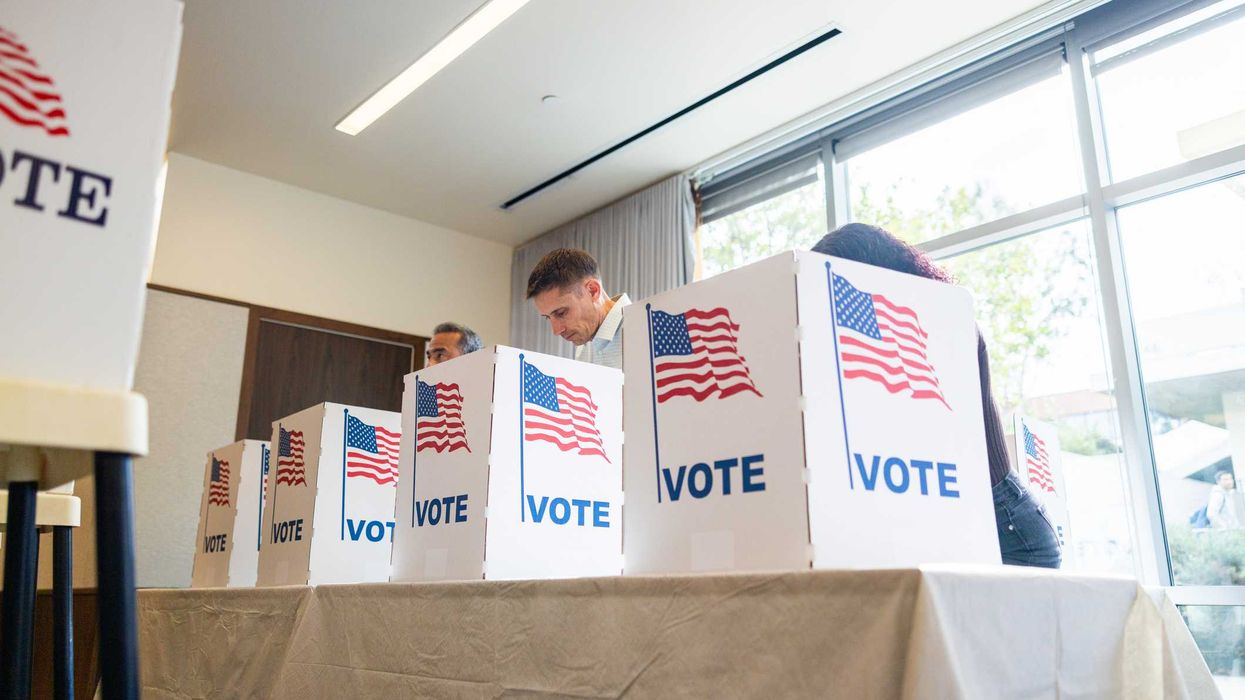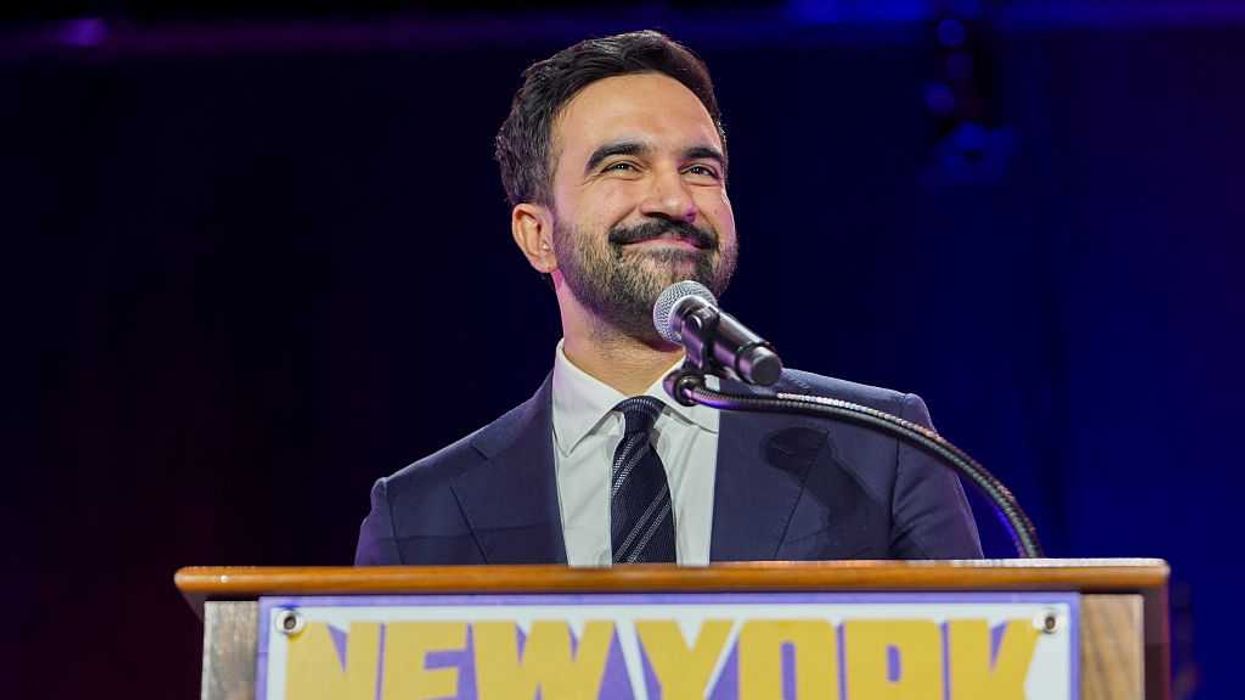The LAist reported a shortage of teachers in Southern California, and especially a shortage of teachers of color. In California, almost 80% of public school students are students of color, while 64.4% of teachers are white. (Nationally, 80% of teachers are white, and over 50% of public school students are of color.) The article suggests that to support and retain teachers requires an investment in teacher candidates (TCs), mostly through full funding given that many teachers can’t afford such costly fast paced teacher education programs (TEPs), where they have no time to work for extra income. Ensuring affordability for these programs to recruit and sustain teachers, and especially teachers of color, is absolutely critical, but TEPs must consider additional supports, including culturally relevant curriculum, faculty of color they can trust and space for them to build community among themselves.
Hundreds of thousands of aspiring teachers enroll in TEPs, yet preservice teachers of color are a clear minority. A study revealed that 48 U.S. states and Washington, D.C have higher percentages of white TCs than they do white public-school students. Furthermore, in 35 of the programs that had enrollment of 400 or more, 90% of enrollees were white. Scholar Christine Sleeter declared an “overwhelming presence of whiteness” in teacher education and expert Cheryl Matias discussed how TEPs generate “emotionalities of whiteness,” meaning feelings such as guilt and defensiveness in white people, might result in people of color protecting white comfort instead of addressing the root issues and manifestations of racism.
Isolation and pushout of teachers of color, as well as their resilience in the field is well documented. What’s less known is the struggles of teachers in training of color in TEPs and what helps them thrive. Our recent research documented two case studies that involve future teachers of color (FToC) affinity groups. What we found in this study and our continued research of FToCs is that many of these TCs experienced a dominating presence of whiteness and added labor on their part to advocate for their needs.
This manifested in different ways as we saw from just one cohort of FToC. Over the FToC meetings, TCs shared their joys and challenges, but ultimately used the time to organize to better the program. They drafted up key issues and suggestions for TEP leadership and requested a meeting with the director. Several issues were addressed by FToC members, one being poor relationships with cooperating teachers (the classroom teacher they served their practicum with). Another major issue was not having support to teach Ethnic Studies classes, which meets the new California requirement for high school graduates to take an Ethnic Studies course. Not only did they express that the TEP was ill prepared to train candidates in Ethnic Studies, but they experienced resistance to being placed in Ethnic Studies classrooms despite a robust Ethnic Studies program in the partnering school district. When candidates were placed with an Ethnic Studies teacher, they were with a white cooperating teacher.
In general, FToC members felt that coursework was absent of culturally relevant pedagogy. When classes were centered around race and justice, they felt that white voices overpowered the classroom and that their white instructors allowed this. Candidates wanted instructors to take more accountability for enforcing a balanced conversation, instead of candidates of color feeling left out of these conversations despite their lived experiences of racism. Overall, there were very few critical instructors of color in the program that the TCs of color could trust.
Yet, despite the group’s efforts, all while student teaching and completing coursework, the director responded to their concerns with, “I hope this doesn’t sound dismissive, I think a lot of things you bring up sound like very generic things that are not feeling prepared to teach. I think it’s really normal to feel like you’re not prepared to teach.”
Unfortunately, this does sound dismissive. Unfortunately, experiencing such challenges related to racism and whiteness is not generic, should not be “normal,” and is not what all new teachers experience. As former classroom teachers and teacher educators of color, we know that TEPs need to be intentional with supporting TCs of color. A start might look like creating the space, time and resources for an FToC affinity group. Furthermore, FToC must be supported by the institution, where the faculty of color or students of color who run them are materially supported, through course releases or financial compensation. Relatedly, TEPs need to hire more critical professors of color so that the labor does not fall on just one professor to hold space for TCs of color. As 91% of tenure track instructors in TEPs are white, programs need to commit to a collective racial literacy, where all instructors have an understanding of how structural racism operates, can teach in culturally sustaining ways, and are versed in the unique needs of teachers of color.
We can learn from this case study of one FToC, whose members were not just aspiring teachers but stepped up as leaders to advocate for a better TEP experience. There must be more intention to sustain teachers of color in the profession, beginning with preservice teacher education. TEPs must be intentional in creating equitable and racially just teacher education that is needed to combat whiteness and enact change to better the experience for future teachers of colors and in turn, their students.
Hui-Ling S. Malone is a Public Voices fellow of The OpEd Project and the University of California Santa Barbara, where she is an Assistant Professor of Education.
Paula CT Sevilla is a Ph.D. Candidate in Education at the University of California, Santa Barbara



